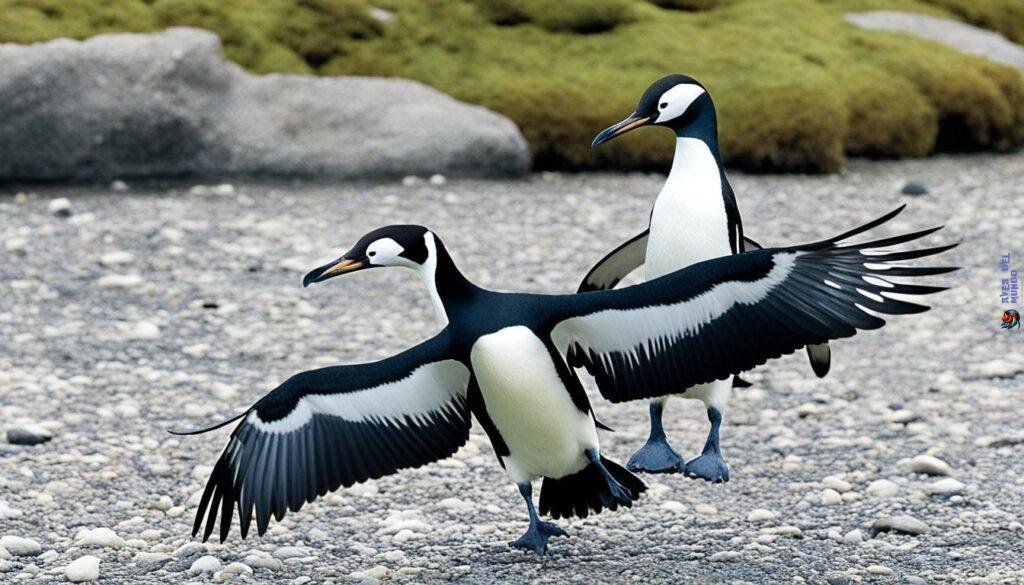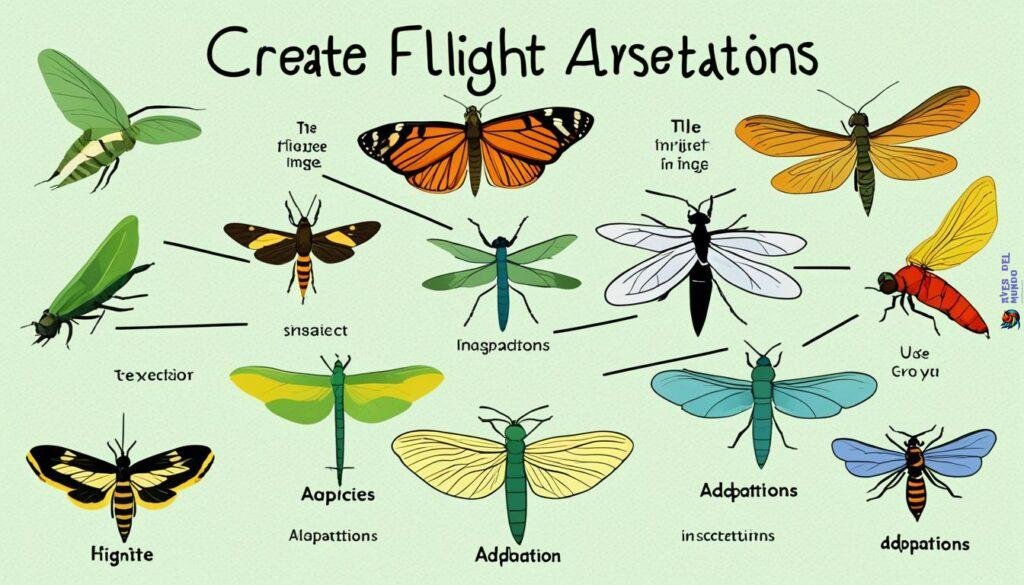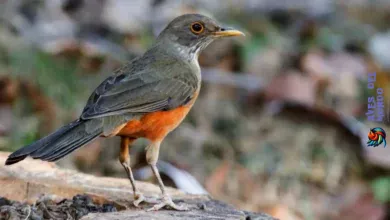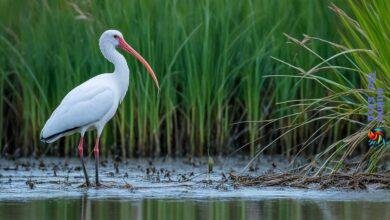Did you know almost 60 of over 10,000 bird species can’t fly? Kiwi birds are one of these unique species. They’re part of the ratite family, along with ostriches and emus. This lack of flight is a key evolutionary feature with big effects.
Kiwis don’t fly, not because they don’t want to, but because of evolution. Over time, these birds lost the ability to fly. They developed unique body features instead. This includes not having the strong muscles or keel needed for flight.
There’s a lot to learn about these fascinating birds. Being flightless comes with its own benefits. Let’s find out why kiwis can’t fly and how this has helped them survive.
The Unusual Biology of Kiwi Birds
Exploring kiwi anatomy sheds light on nature’s wonders and evolutionary change. Kiwi birds, native to New Zealand, have unique traits. These special qualities help them live a flightless life on the forest floor.

A Closer Look at the Kiwi’s Anatomical Structure
Kiwis show how evolution impacts bird flight mechanics. They don’t fly but thrive on the ground. They have cat-like whiskers and sensitive beaks for nighttime foraging. Their beaks have sensory pits, a key feature of kiwi anatomy.
Vestigial Wings: Evidence of Evolutionary Change
Vestigial wings hint at the kiwi’s ancient ability to fly. These small wings have a claw but can’t be used for flying. Yet, they highlight major evolutionary changes in kiwi birds.
| Feature | Role in Kiwi’s Adaptation | Comparison to Other Birds |
|---|---|---|
| Sensory Pits on Beak | Enhanced ability to detect prey underground | Sensory capabilities mostly found in aquatic searching birds |
| Hair-like Feathers | Provides camouflage and warmth | Unique to kiwis; other birds have structured flight feathers |
| Vestigial Wings | Historical remnant of flight potential | Most other birds have wings proportionate to their body size for flight |
Kiwis stand out in the story of survival and change. Their odd anatomy challenges normal bird structures. They mark a distinct chapter in the diversity of life on Earth.
Understanding Why Certain Birds Can’t Fly
Exploring flightless birds opens a window into a special branch of bird evolution. Birds like the kiwi symbolize a distinctive evolutionary change. They have special traits that set them apart from flying birds. Learning about these creatures helps us understand bird flight mechanics and evolutionary aspects of flight.
Looking at where these birds live tells us something important: they don’t have many predators on land. In places like New Zealand, home to the kiwi, there aren’t many threats. So, these birds don’t need to fly to escape danger. Instead, walking becomes their main way to move around. This saves a lot of energy.
Flight is not just about moving through the air. It’s about weighing the pros and cons. For some birds, staying on the ground works better.
As these birds evolved, their bodies changed. The kiwi, for example, got heavier but their wings didn’t grow as much. Eventually, their wings became too small to fly with. This shows a big shift in how these birds move.

The evolutionary aspects of flight show how species can adjust to their surroundings. The story of how birds became flightless is about adaptation. It’s a topic that continues to fascinate scientists and bird lovers.
The Biology of Flight: Avian Anatomy and the Science Behind Flying
Learning how birds fly begins by understanding avian anatomy and bird flight mechanics. Birds have evolved into perfect flyers, showing nature’s complex designs. We’ll see why eagles fly high but kiwis can’t. This part will show how wing shapes work with airflow, revealing the secret of flight.
Bird Flight Mechanics and Wing Morphology
Wing shapes are key to how birds fly. Each bird has wings tailored to its needs. Migrators have long wings for travel; hunters have wide wings for speed. Birds’ bones are strong yet light, aiding in flight, steering, and landing.

The Aerodynamics of Bird Flight
Flight science applies to birds just like planes. Through evolution, birds optimized their bodies for flight. They use streamlining and wing-tip controls for efficient flying. Their wing and feather designs reduce drag and increase lift, allowing amazing air control.
If birds lack special flight qualities, like the kiwi, they can’t fly. But, with the right traits, the sky becomes a vast space to explore.
Flight Adaptation in Animals Beyond Birds
In the animal kingdom, flight adaptation in animals isn’t just for birds. Insects, for example, show amazing variety in how they fly. The biomechanics of flying animals are different for each species. By studying these, we learn about life’s incredible ability to adapt.
The dragonfly has two sets of wings that move on their own. This lets it fly fast, hover, and even go backward. On the other hand, the bumblebee, looking too big for its wings, surprises us with its effective flight.

Different wing structures, muscle configurations, and body mass allow many species to fly. Evolution has shaped these features for specific environments. For example, some beetles have hard wing covers for protection but can still fly. Moths, with their large wings, are great at hovering, which helps them feed from flowers.
| Insect Group | Key Flight Adaptation | Advantage Provided |
|---|---|---|
| Dragonflies | Independent wing operation | Enhanced maneuverability in air |
| Bumblebees | Rapid wing beat | Ability to lift heavier bodies |
| Beetles | Hard wing cases (elytra) | Wing protection; streamlined body for flight |
| Moths | Wide, scaled wings | Effective hovering for feeding |
Birds and insects have evolved flight in interesting ways. Kiwi birds, with no predators, do not fly. But in places where flying gets more food or helps escape danger, flight adaptation in animals leads to diverse evolution.
Just as the lack of predators made kiwis flightless, challenges in the environment have created a wide variety of flight adaptation in animals among insects.
Insects show us how nature uses physics to achieve flight in many ways. This proves the sky is open to all, not just birds.
Evolutionary Aspects of Flight in the Animal Kingdom

The journey through evolution in flight shows how life adapts. It ranges from flightless birds to flying insects. Each creature’s history shares a story of survival shaped by natural selection.
Flightless Birds: A Peek into Evolutionary History
Flightless birds show how evolution works. Their ancestors once flew high. But now, some have chosen a life on the ground. This change shows how nature makes decisions based on the environment.
Comparative Analysis: Flight Adaptations in Insects
Insects also master the art of flying, not just birds. They show a wide range of flying skills. From delicate butterflies to tough beetles, they prove that flight can evolve in many ways.
| Insect Group | Type of Flight Adaptation | Evolutionary Benefit |
|---|---|---|
| Dragonflies | Double-winged maneuverability | Hunt prey efficiently in mid-air |
| Beetles | Elytra (hardened forewings) | Protection when not flying, streamlined for flight |
| Butterflies | Large, scaled wings | Camouflage and thermoregulation |
| Moths | Hearing adapted to evade bat echolocation | Survival in nocturnal environments |
Exploring the Ratite Family: Birds That Can’t Fly
The ratite family takes us back to when birds evolved differently. What’s fascinating is how they link to their common ancestors. Unlike birds that fly, ratites adapted to a life on the ground. Their history shows how they’re related to other species, despite not flying.

Common Ancestors: How Ratites Fit into Evolution
It’s interesting how different-looking creatures are related. Their common ancestors explain this connection. Findings from fossils and DNA help us understand ratites’ history. They reveal how changes in the earth shaped them. For example, ostriches in Africa and emus in Australia evolved differently after Pangaea split.
The Tinamou Conundrum: Flight Capabilities amidst Flightless Relatives
The tinamou conundrum is puzzling. Tinamous can fly but are related to flightless ratites. This raises questions about why some birds stopped flying. The environment and evolution played a part in this change.
Studying these birds shows they are as diverse as their flying relatives once were.
Biomechanics of Flying Animals: Why Kiwi Birds Don’t Make the Cut
Exploring the biomechanics of flying animals shows us that certain body features are key for flight. Animals need strong flight muscles and biomechanics for flying. But, kiwi birds lack these important traits.
Kiwi birds have small wings and big bodies. This makes them special in the study of birds that can’t fly. They don’t have the strong flight muscles needed for flight. Plus, their body shape and how they move show why they can’t fly.

| Attribute | Kiwi Birds | Flying Birds |
|---|---|---|
| Wing Size | Disproportionately small | Proportionate to body weight |
| Flight Muscles | Underdeveloped | Well-developed, powerful |
| Body Mass/Wing Loading | Imbalanced for flight | Optimized for aerodynamics |
| Feather Structure | Stray, like hair | Sleek, flight-adapted |
Looking at the differences, it’s clear why kiwi birds can’t fly. Biomechanics of flying animals need balance. Kiwi birds don’t have this balance. So, they live on the ground, not in the sky.
The kiwi bird’s life on the ground comes from its evolution. It shows the variety of life on our planet.
Survival Without Flight: Defense Mechanisms in Flightless Birds
Being a bird usually means flying across the sky. But, some birds have chosen a life on the ground instead. In the animal kingdom, these birds show us how they thrive without flying. They use special survival skills based on where they live. Let’s discover how these flightless birds stay safe from predators.
Predator Evasion Tactics of the Kiwi Bird
In New Zealand, the kiwi bird can’t fly. Instead, it hides from predators at night. Kiwis blend in and move quietly. They use their sharp claws for defense if they need to. This is different from how most birds avoid danger.
Diversified Defense Strategies Across Flightless Bird Species
Different flightless birds have their own ways to stay safe. Ostriches use their speed to run away from danger. The kakapo uses its camouflage to trick predators. The cassowary can protect itself with strong kicks. Penguins use their swimming skills to escape threats. Each strategy shows how adaptable and important these birds are.



